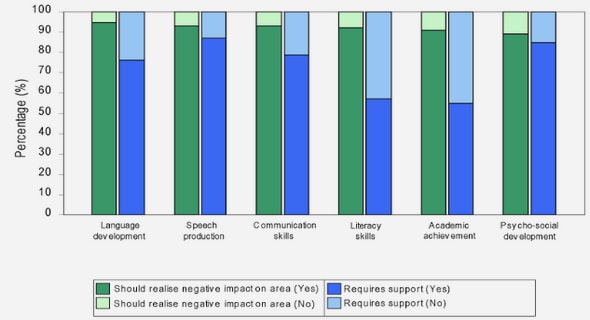(Downloads - 0)
For more info about our services contact : help@bestpfe.com
Table of contents
1 General introduction
1.1 Rockfall hazards
1.2 Engineering expectations
1.2.1 Trajectory predictions
1.2.2 Protection structure design
1.3 The role of impact in rockfall predictions and mitigations
1.4 Objectives and contents of the thesis
2 State of the art
2.1 Interaction between a boulder and a granular medium
2.1.1 Engineering practices
2.1.2 Experimental investigations
2.1.3 Numerical modelling
2.2 Bouncing of a boulder on a granular medium
2.2.1 Experimental investigations
2.2.2 Numerical modelling
2.3 Micromechanical properties of granular materials
2.3.1 Bimodal character of load transmission in granular materials
2.3.2 The role of force chains in granular materials
2.4 Numerical modelling based on a discrete element method
2.4.1 Introduction of discrete element method
2.4.2 Modelling of particle shape
2.4.3 Energy dissipation in granular materials
2.5 Conclusion
3 DEM modelling of the impact process
3.1 Introduction
3.2 Contact model description
3.2.1 Description of Cundall-Strack contact law
3.2.2 Rolling resistance
3.2.3 Calculation of energy items
3.3 Contact law calibration and validation
3.3.1 Triaxial experimental test
3.3.2 Contact law calibration
3.3.3 Contact law validation
3.4 Impact simulation
3.4.1 Modelling of a falling boulder interacting with a granular medium
3.4.2 Validation of the impact modelling
3.5 Conclusion
4 Global bouncing occurrence of the boulder
4.1 Introduction
4.2 Variability of the results with respect to impact locations
4.2.1 Introduction
4.2.2 Methodology
4.2.3 Results
4.3 Energy propagation inside the granular medium
4.3.1 Layer division
4.3.2 Evolution of kinetic energy Ek and elastic strain energy Es
4.3.3 Evolution of coordination numbers
4.3.4 Evolution of incremental energy dissipation
4.3.5 Discussion
4.4 Boulder’s global bouncing occurrence
4.4.1 Impact simulations
4.4.2 Definition of bouncing
4.4.3 Bouncing occurrence diagrams
4.4.4 Discussion
4.5 Conclusion
5 Micromechanical behaviour of the impacted medium
5.1 Introduction
5.2 Characterization of force chains inside an impacted medium
5.2.1 Major principal stress s1 of a particle
5.2.2 Algorithms for selecting force chain particles
5.2.3 Procedures for identifying force chain network
5.2.4 Average major principal stress s1
5.2.5 Number of chain particles and average chain length
5.3 Parametric analysis of the effects of grain sizes
5.3.1 Effect of grain sizes on impact force
5.3.2 Effect of grain sizes on chain length
5.3.3 Effect of grain sizes on chain age
5.4 Spatial and temporal evolution of force chains
5.4.1 Spatial structure of force chains
5.4.2 Chain particle distances
5.4.3 Population of chain particles and average chain distance inside the conical volume
5.4.4 Critical length lHDCD
5.5 Force chain buckling mechanisms
5.5.1 Buckling angle and buckling number
5.5.2 Triggering and energy dissipation of force chain buckling
5.5.3 Relations between buckling, impact force and energy items
5.6 Potential of force chain micromechanisms for rockfall engineering
5.7 Conclusion
6 Conclusions and perspectives
6.1 Conclusions
6.2 Perspectives




